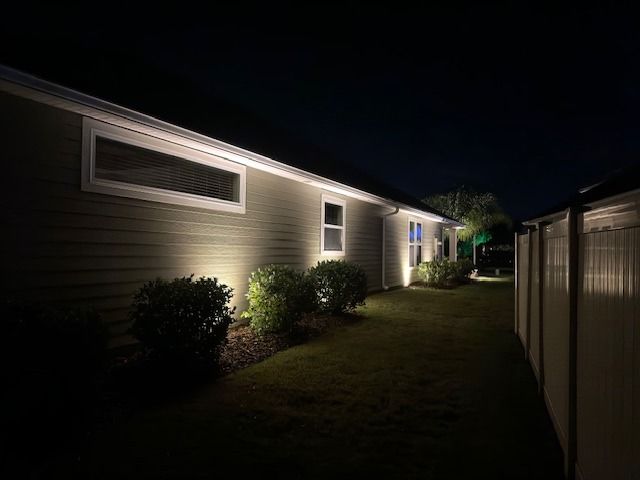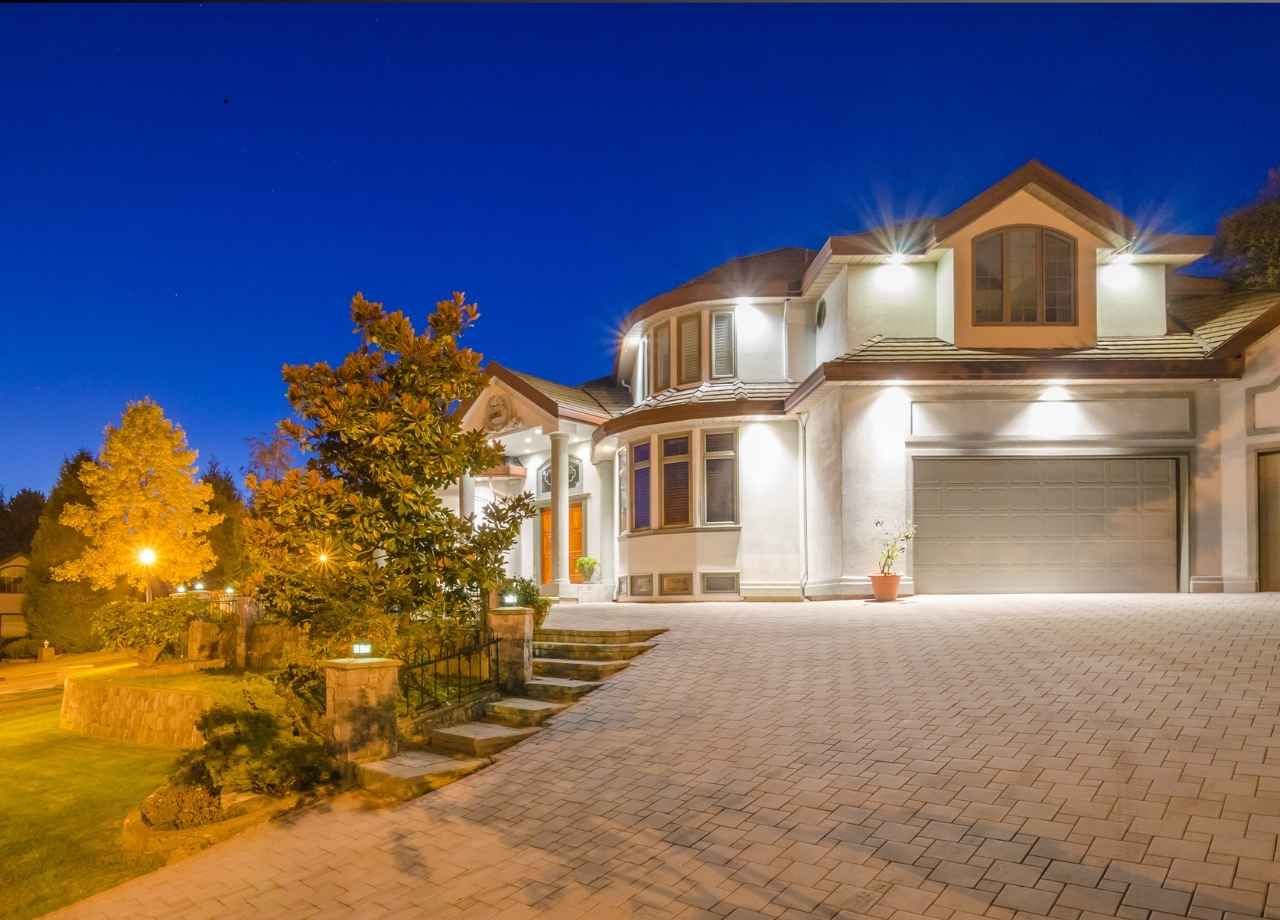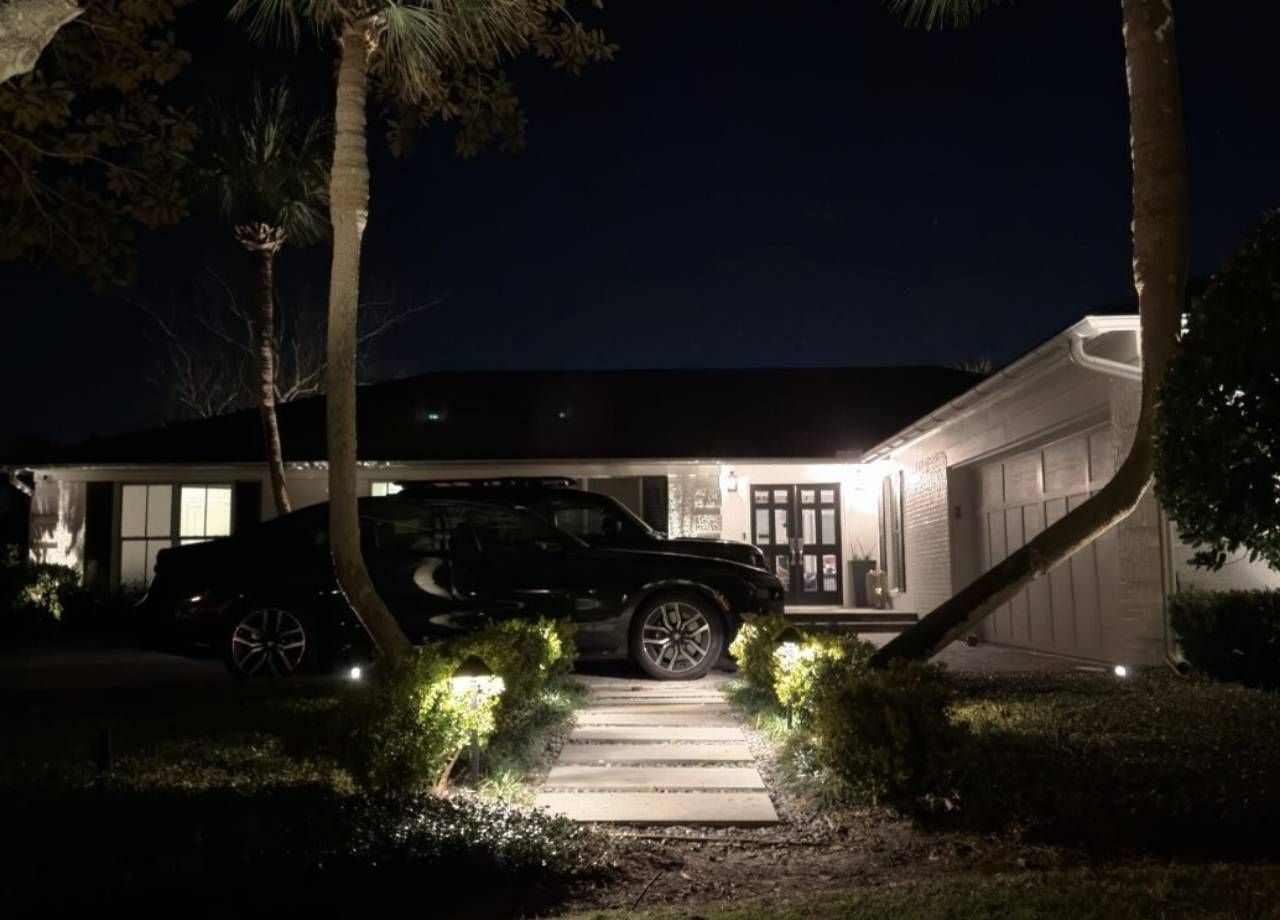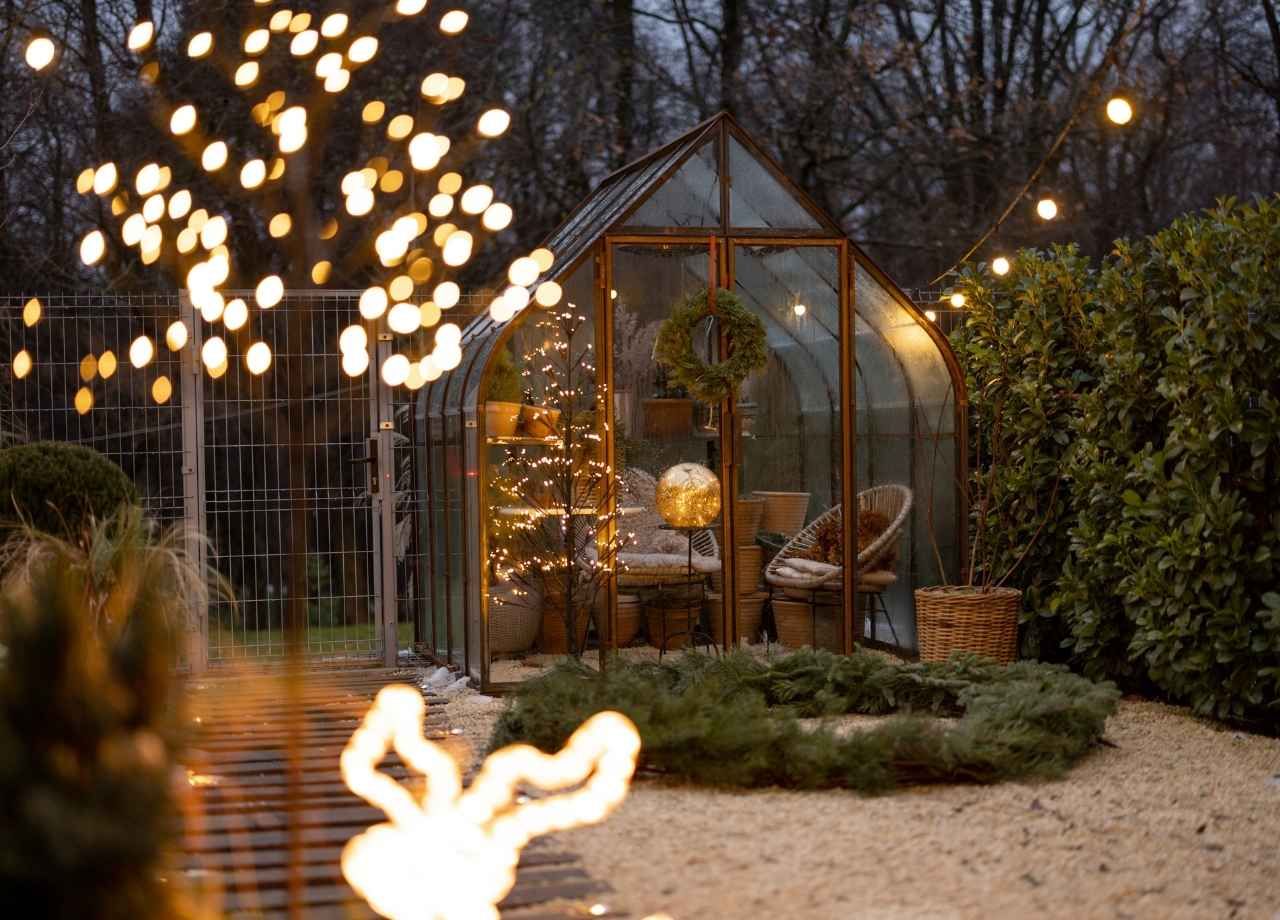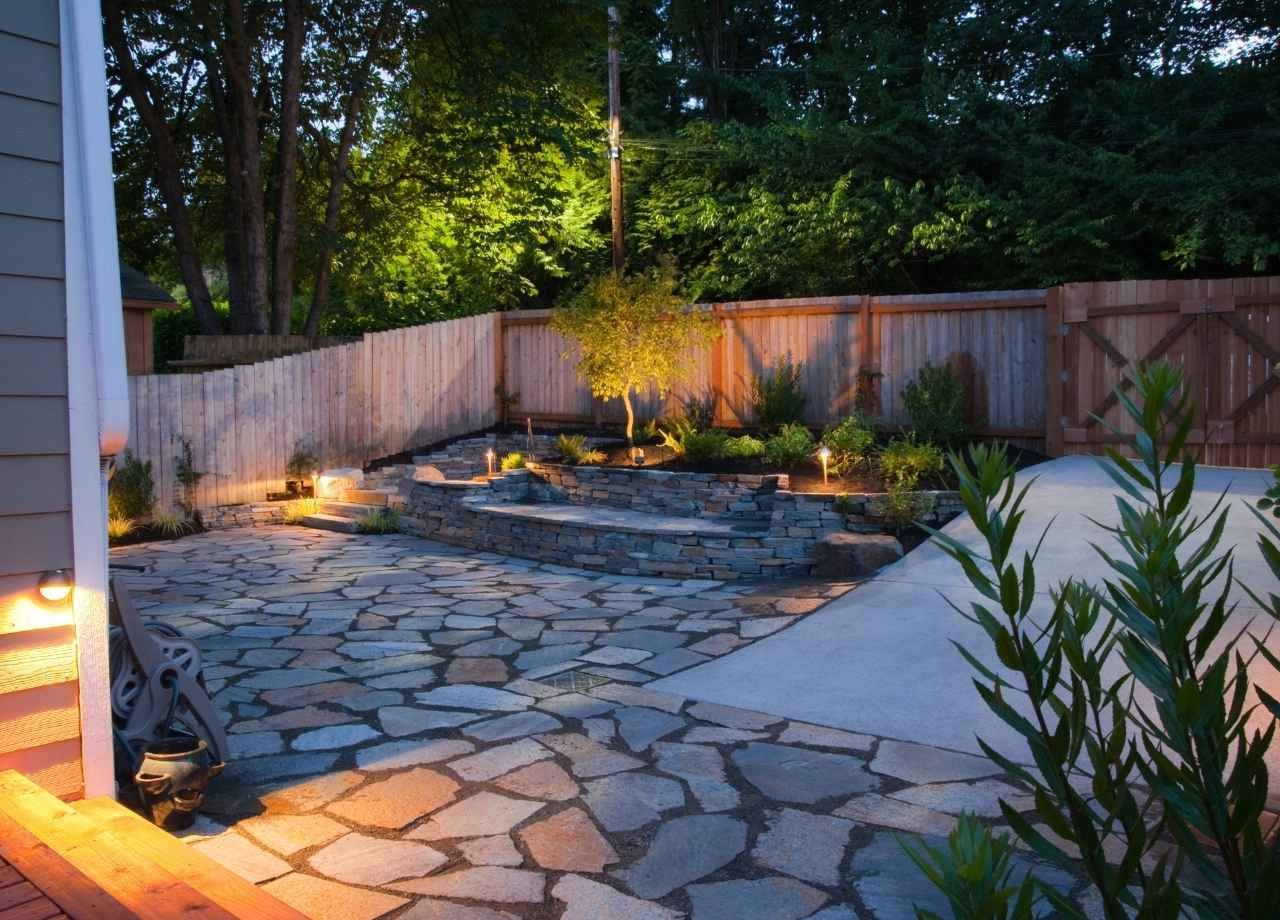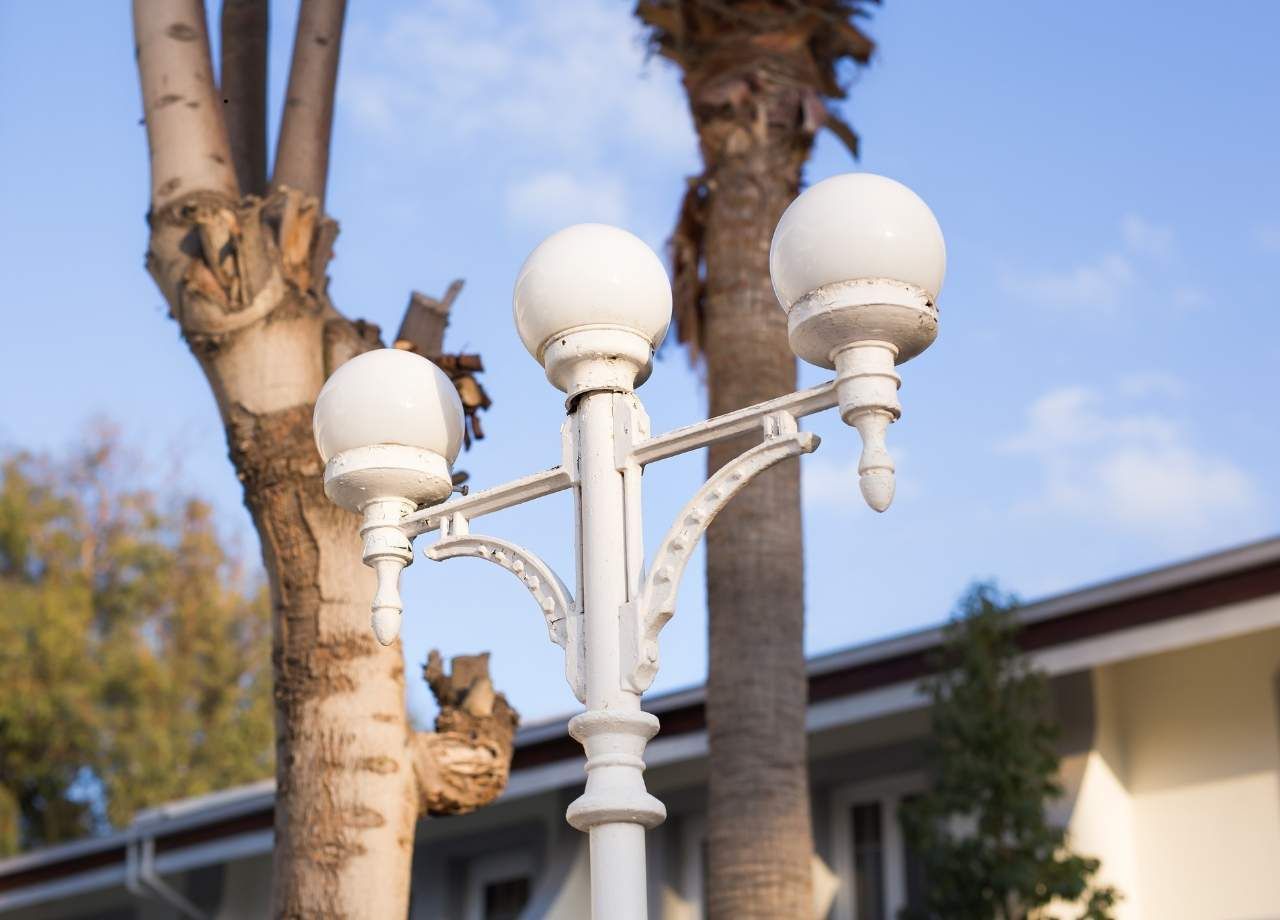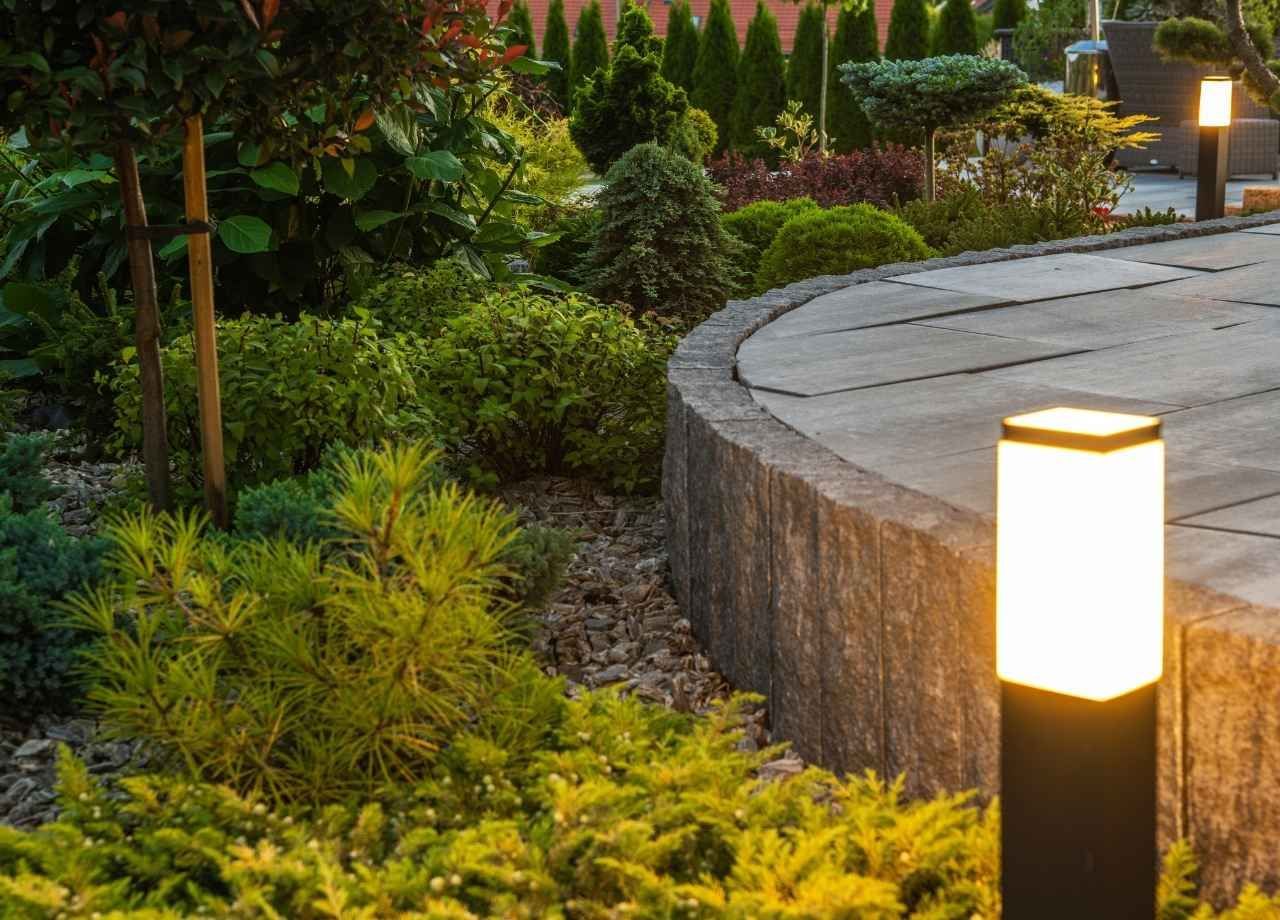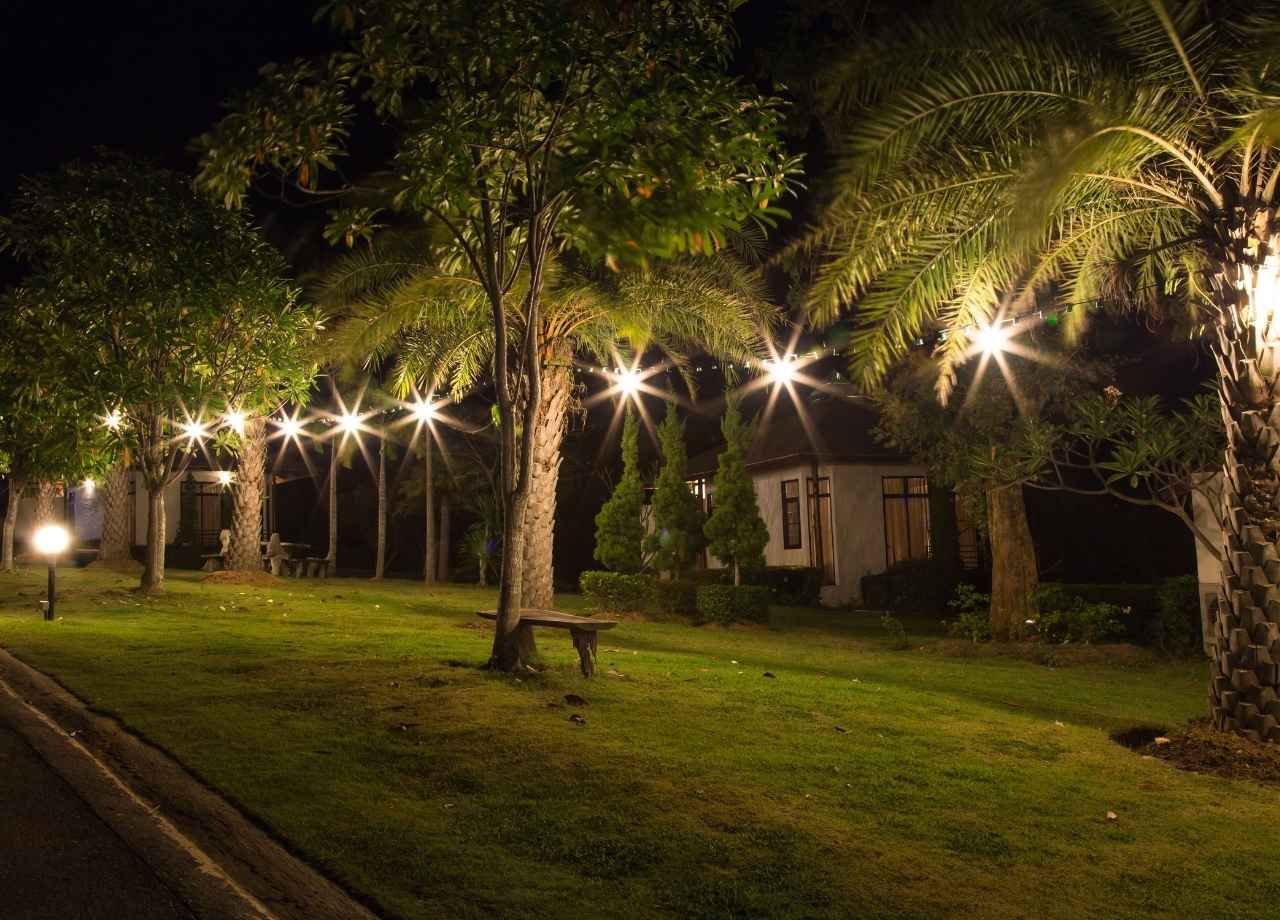Guide to Walkway Lights That Elevate Safety and Curb Appeal in Jacksonville Yards
Walkway lighting is one of the most important yet often overlooked aspects of outdoor design. A well-lit path not only ensures safe footing but also creates a warm, welcoming atmosphere for guests arriving at your home. In Jacksonville, where outdoor living is an essential part of the lifestyle, pathway lighting can transform the way your yard looks and functions after the sun goes down. The right lighting brings out textures, highlights landscaping, and makes everyday movement safer. At Aloha Outdoor Lighting, we design custom solutions that balance beauty, function, and durability to suit the unique needs of Northeast Florida homeowners.
Why Walkway Lighting Matters for Jacksonville Homes
Pathways are high-traffic areas. Family members use them daily, and visitors often rely on them to reach your front door or move through the garden. Poor lighting in these areas can create safety hazards, especially with Florida’s mix of rain, humidity, and uneven ground surfaces. A single misstep caused by low visibility can lead to injury. Beyond safety, pathways also guide the eye through a landscape, leading guests toward focal points such as gardens, patios, or entryways.
Jacksonville homes benefit from year-round outdoor activity, and lighting ensures you can take advantage of this without interruption. A thoughtfully lit walkway also adds dimension and depth, extending the usable hours of your yard. Homeowners who host gatherings, entertain outdoors, or simply enjoy evening strolls will notice how much more inviting a space feels when walkways are illuminated properly.
Design Principles That Balance Safety and Style
Good walkway lighting follows both functional and aesthetic principles. Lights should be positioned to create even coverage without glare, ensuring every step is visible without overwhelming the landscape. Shadows are not the enemy; in fact, they add character when used strategically. A combination of light placement, angle, and fixture style creates a balance that highlights plantings and architecture while avoiding overly bright or harsh conditions.
The design should consider human scale as well. Fixtures that are too tall or too bright can feel imposing, while those that are too small may not provide enough coverage. In Jacksonville, where homes often feature larger yards and lush vegetation, the lighting design should accommodate both wide pathways and intricate garden edges. Professional designers often use a layered approach—mixing low-profile fixtures along the walkway with accent lights aimed at trees or architectural details to create cohesion.
Fixture Types Commonly Used for Walkways
Several fixture styles are well-suited for pathway lighting, each with its strengths depending on the setting. Path lights, with their downward-facing glow, are the most traditional and provide direct illumination. They come in countless designs, from modern minimalism to classic lantern-style, allowing homeowners to match their architectural preferences.
Recessed lights, often installed flush into hardscape surfaces like pavers or concrete, offer a clean look that disappears during the day but provides subtle glow at night. These are especially effective for driveways or poolside paths where tripping hazards must be minimized.
Bollard lights are taller, more sculptural fixtures that serve as both functional lighting and design accents. They create a stronger statement, often used in larger properties where scale demands a more substantial presence. Low-voltage LED strip lights are another modern option, frequently installed under steps or along retaining walls for a continuous glow.
The best walkway lighting design often combines multiple fixture types. For instance, recessed lights may line a stone pathway, while path lights accent nearby plant beds, and a strategically placed bollard draws attention to a focal point.
Choosing the Right Color Temperature and Brightness
One of the most overlooked details in walkway lighting is color temperature. Warm white light (2700K to 3000K) creates a cozy, inviting atmosphere that complements natural greenery and blends seamlessly with most architectural styles. Cooler white tones can appear too stark outdoors, making them better suited for commercial spaces rather than residential landscapes.
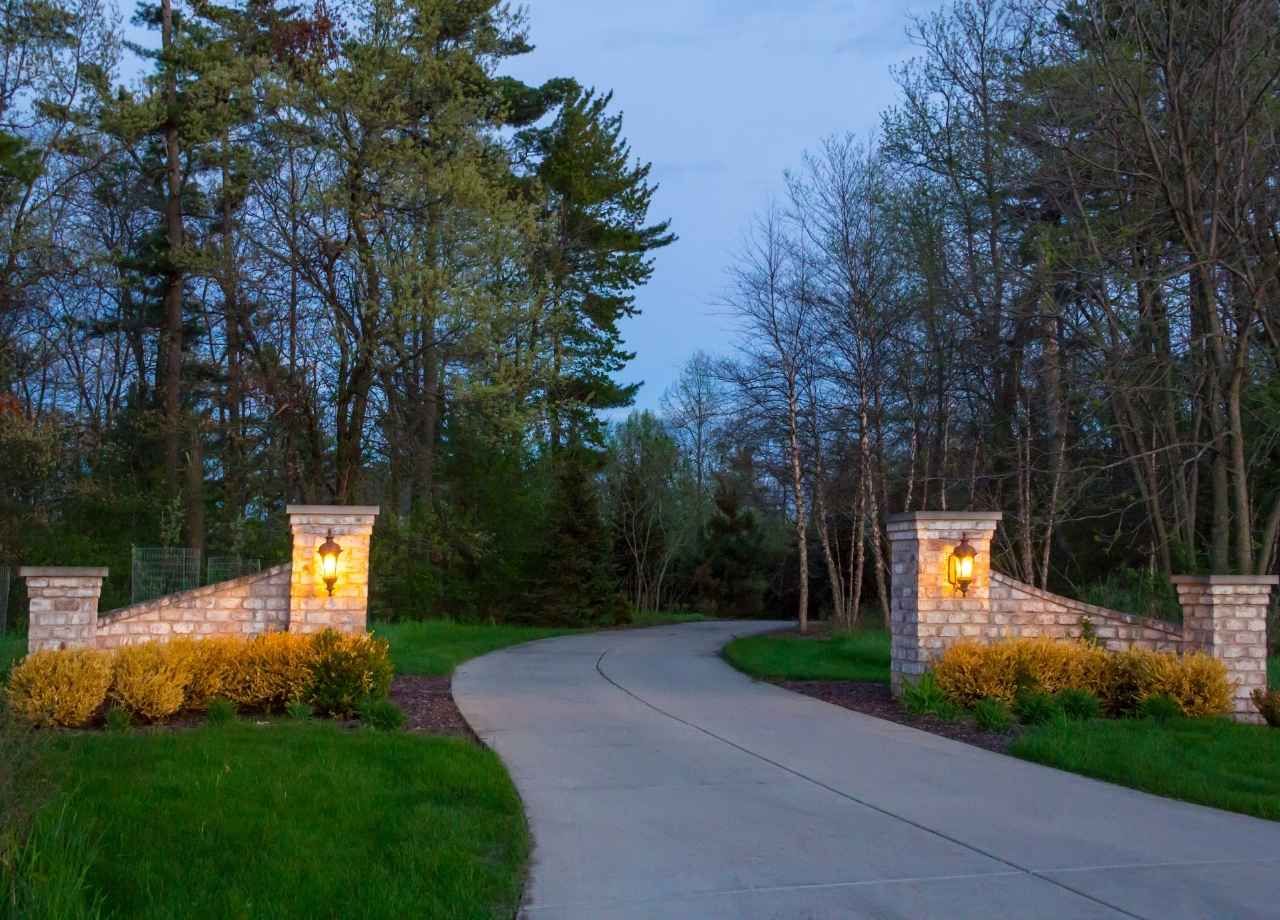
Brightness levels should be subtle rather than overpowering. The goal is guidance and visibility, not floodlighting. LED technology makes it easier to fine-tune brightness, with dimmable options providing flexibility. In Jacksonville’s residential neighborhoods, overly bright fixtures can cause glare and disturb the peaceful nighttime ambiance, while subtle illumination provides enough safety without drawing unnecessary attention.
Energy Efficiency and Smart Controls
Sustainability is a growing concern for homeowners, and LED walkway lights offer significant benefits. They consume less energy, last longer, and produce minimal heat compared to older halogen or incandescent options. This means lower utility bills and fewer replacements over time, making them both eco-friendly and cost-effective.
Smart controls elevate the experience further. Timers, dimmers, and motion sensors allow homeowners to customize when and how their walkway lights operate. A timer ensures your lights turn on automatically at dusk, while motion sensors add an extra layer of security by activating only when movement is detected. Some systems can be controlled directly from a smartphone, giving homeowners flexibility whether they are at home or away.
Weather Resistance in Jacksonville’s Climate
Jacksonville’s climate demands outdoor lighting built to withstand high humidity, heavy rainfall, and salt air, especially for homes near the coast. Fixtures should carry a high weather-resistance rating to prevent corrosion and damage. Materials like marine-grade stainless steel, brass, and copper are ideal for long-term durability. Powder-coated aluminum can also perform well when properly sealed.
Homeowners should avoid cheap, low-quality fixtures that corrode quickly, as replacing them becomes more costly in the long run. Professional installation ensures that wiring and connections are properly sealed, reducing the risk of short circuits or failures caused by moisture. With proper planning, walkway lighting systems can thrive for many years despite Jacksonville’s challenging outdoor conditions.
Blending Walkway Lights with Landscape Design
A walkway lighting plan should never feel like an afterthought. The most successful designs integrate seamlessly with the landscape, complementing plants, hardscapes, and architectural elements. Lights can highlight ornamental grasses, flower beds, or palm trees along a path, creating focal points that enhance curb appeal. Soft washes of light on textured walls or garden features provide depth and make the pathway experience more engaging.
Subtlety often yields the most elegant results. Rather than illuminating every square inch, lighting should guide the eye through the yard in a natural flow. A thoughtful combination of light and shadow reveals the character of the landscape and ensures the walkway feels both safe and beautiful.
Professional Installation vs. DIY Options
Homeowners considering walkway lighting often debate whether to hire professionals or attempt a do-it-yourself approach. While solar-powered stake lights may seem convenient, they rarely provide consistent brightness, durability, or design flexibility. Wiring and fixture placement require technical expertise to ensure safety and longevity. Improper installation can lead to exposed wires, uneven lighting, or short-lived fixtures.
Professional installation not only guarantees safe electrical connections but also brings design expertise to the table. Specialists understand how to calculate spacing, balance brightness, and choose fixtures that suit both the home’s architecture and the landscape. A system installed by experts tends to last longer and perform better, offering peace of mind and a higher return on investment.
The Lasting Value of Walkway Lighting
Well-planned walkway lighting adds more than just safety and beauty—it enhances property value. Real estate professionals consistently note that curb appeal influences buyer perception, and lighting plays a central role in that impression. A home with inviting, well-lit pathways feels more secure, better maintained, and more attractive after dark.
For homeowners in Jacksonville, walkway lighting also extends the usability of outdoor spaces, turning front yards, gardens, and back patios into functional evening destinations. Whether the goal is to prevent trips and falls, welcome guests in style, or elevate the entire look of a property, walkway lighting provides long-lasting rewards when designed and installed correctly.

